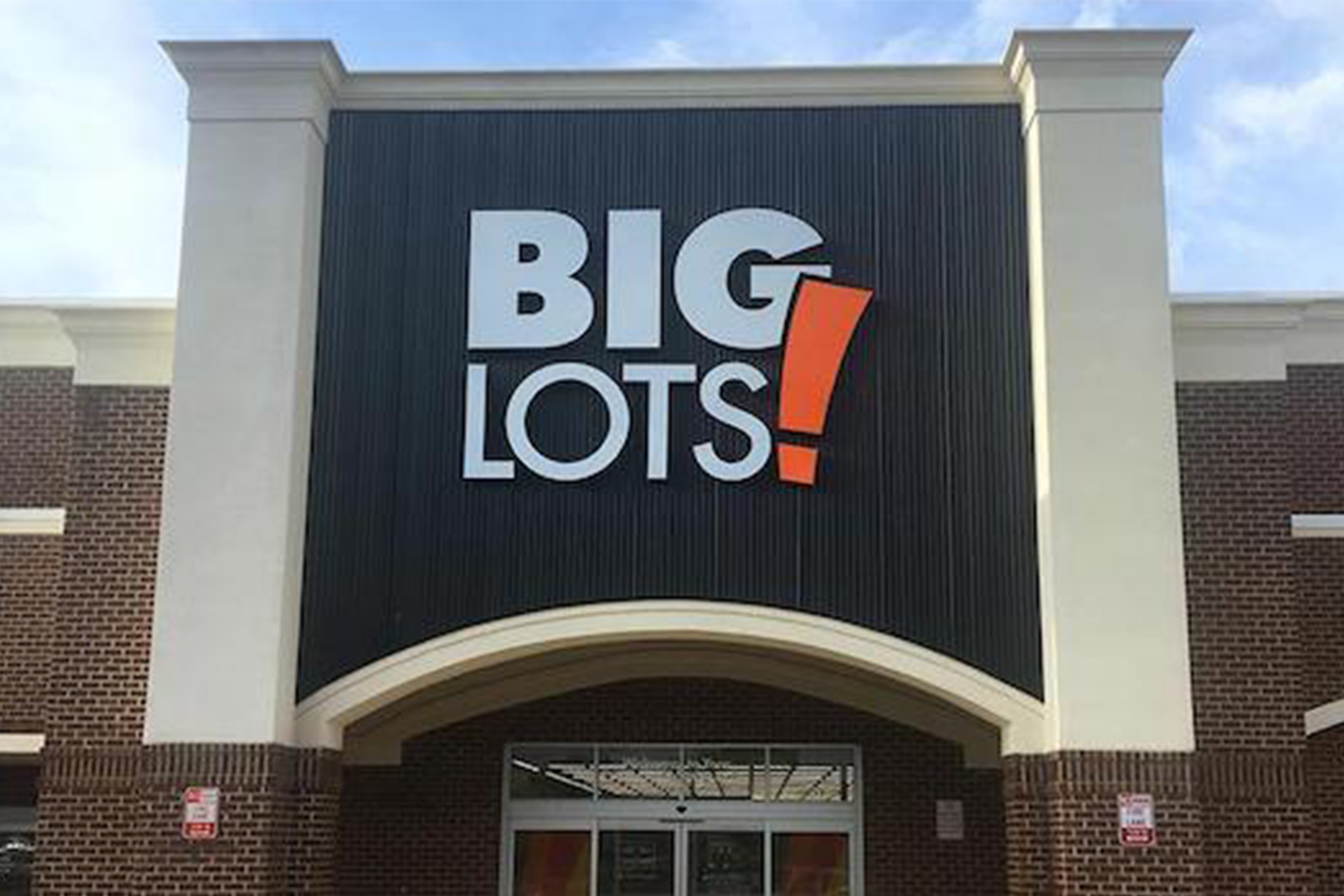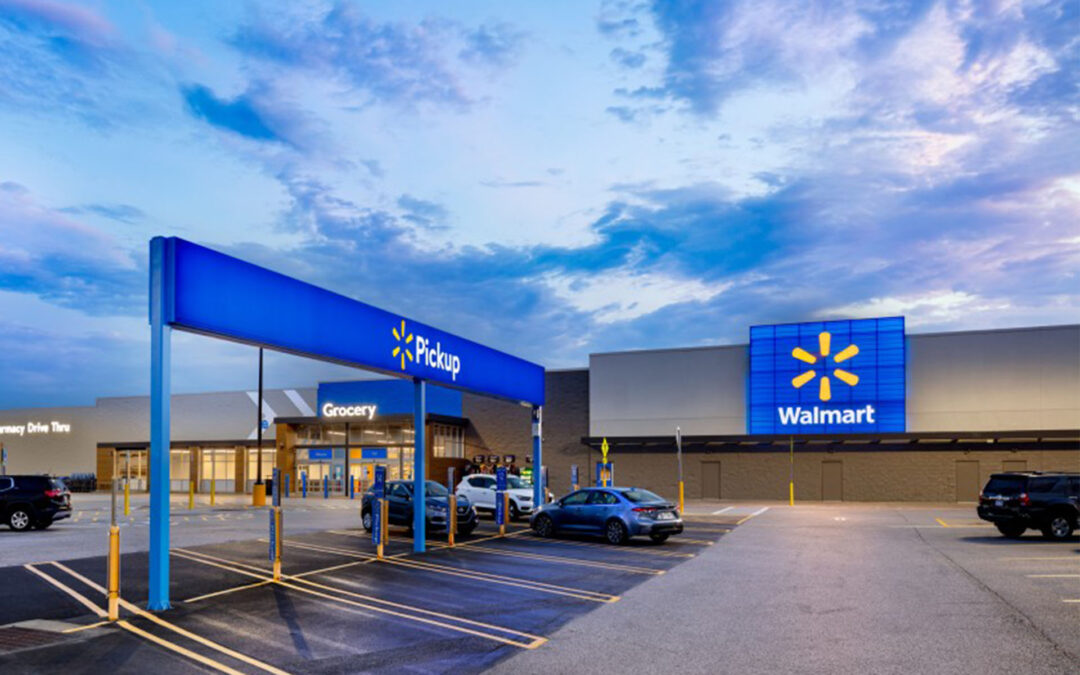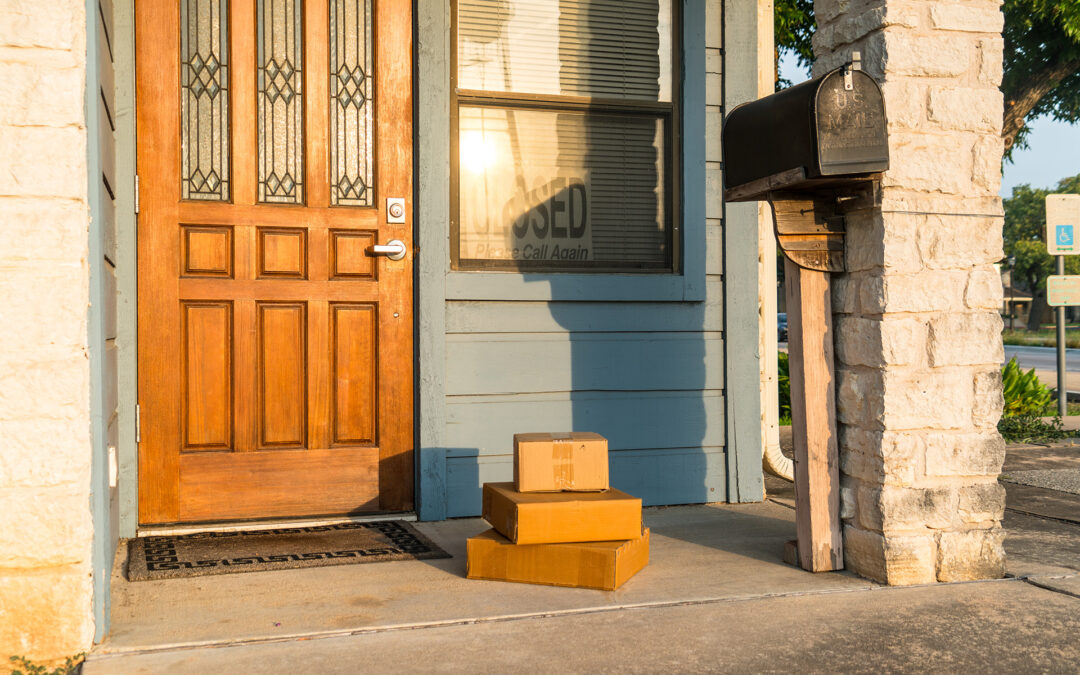As it worked to bring inventories down and serve shoppers with a broader range of bargains, Big Lots posted comparable sales and earnings declines but still did better than Wall Street expected.
On average, analysts as polled by Yahoo Finance expected an adjusted diluted per share loss of $2.47 and revenues of $1.34 billion.
Comparable sales decreased 9.2% as net sales slipped 7.6% to $1.35 billion versus the year-before period, Big Lots stated. Operating loss was $109.1 million versus operating profit of $53.85 million in the year-previous period.
Big Lots pointed out that its three-year comp growth rate was 3.6%. Net new stores and relocations contributed 160 basis points of sales growth in the quarter year over year.
In a conference call, Bruce Thorn, Big Lots president and CEO, said on a three-year comp basis, soft home was among those categories seeing accelerated movement while food remained on an even keel and furniture, hard home, and consumables decelerated slightly as consumers shifted their spending priorities away from bigger ticket items in the current economic environment. Big Lots is responding, Thorn said. This fall, Big Lots will once again offer a $299 recliner, one example in the home category, and the big-ticket furniture segment specifically, where the retailer is adjusting opening price points to establish a stronger value proposition for shoppers. The company also is bringing bargain items onto end caps, which already has elicited consumer interest in segments including toys, vacuums, home textiles and furniture.
As to the liquidity issue, Jonathan Ramsden, Big Lots CFO, said potential sales and sales/leasebacks, potentially encompassing 50 stores and the company’s headquarters, would be one route to enhancing liquidity.
In announcing the financial results, Thorn said the company has been prudent as it “managed costs tightly, made great progress on repositioning our assortment towards better bargains/closeouts and lower price points, and took important steps to enhance our balance sheet and secure our liquidity. We also brought inventories down materially versus Q1, putting us on track to right-size our inventory position by Q4. This, in turn, better positions us to bring even more deals to our customers.”
Thorn added that shoppers, finding themselves stretched by inflation are, “starting to trade down more. We are here to help them, with strategically adjusted opening price points and great value throughout our stores. Further, we are making our bargains/closeouts and treasures even easier to find with end-caps and signage that are simpler and more compelling. We are moving faster to provide even better deals and assortments for our customers by leveraging our vendor relationships and excellent private label brands. We are also building additional capabilities to grow our e-commerce business.”





